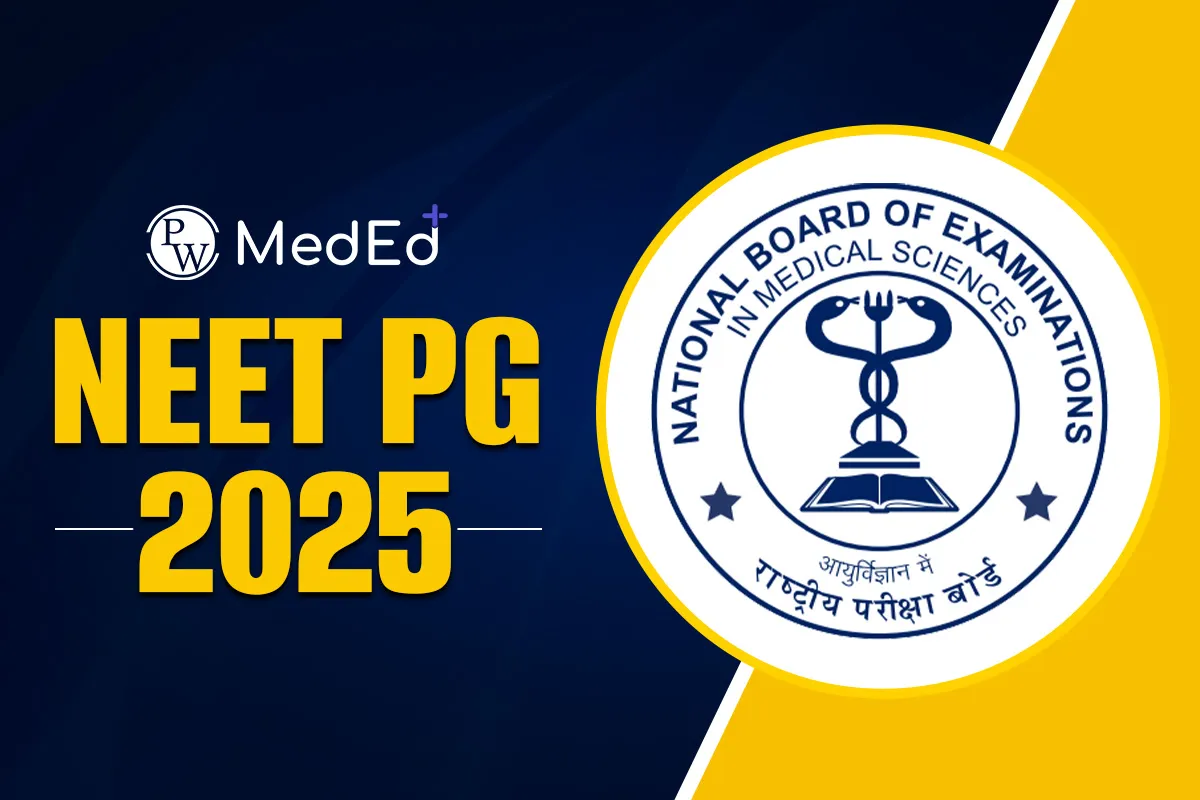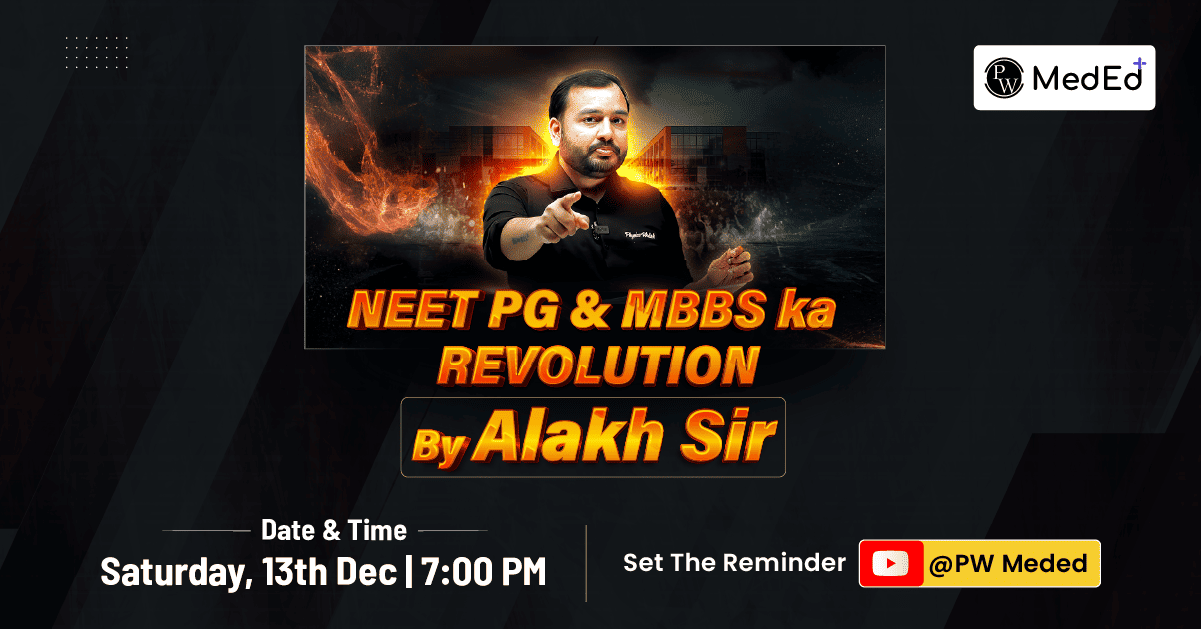
Burns or thermal injury are a prevalent type of injury resulting from exposure to heat, steam, chemicals or radiation. These injuries can involve just one part or the whole body called the extent of injury. Thermal injuries can range from minor to severe based on the layer of involvement of skin. Deeper the lesion worse are problems.
Also Read - Massive Transfusion Protocol
Categorization of Thermal Injury
Thermal injuries can be categorized based on their cause: Thermal injuries are classified into three primary categories based on the depth and severity of tissue damage: 1.First-Degree Burns: Affecting only the outer layer of skin (epidermis), these burns cause redness, pain, and minor swelling. They are often treated at home with cool water, aloe vera, and over-the-counter pain relievers. Sunburn is a common example of a first-degree burn. 2.Second-Degree Burns: These burns extend beyond the epidermis into the dermis, causing redness, blistering, severe pain, and swelling. Treatment often requires medical attention to prevent infection and promote healing. Second-degree burns can result from scalding liquids, flames, or chemicals. 3.Third-Degree Burns: The most severe type, these burns penetrate through the dermis and affect deeper tissues. The skin may appear white, charred, or leathery, and the pain might be less intense due to nerve damage. Third-degree burns require immediate medical intervention, often involving surgery and long-term rehabilitation.Also Read - Do Medical Students Really Dissect Real Human Dead Bodies In The First Year Of MBBS ?
Management and Complications of Thermal Injuries
Thermal Injuries require prompt and appropriate management so that damages and scarring can be minimized and promote healing. The severity of burn and extent of burn majoritively determines the management approach and complications.First-Degree Burns:
Cooling the Burn: Immediately cool the burn with running cool (not cold) water for at least 10-15 minutes. This helps reduce pain and swelling. Pain Relief: Over-the-counter pain relievers like ibuprofen or acetaminophen can help manage discomfort. Moisturizing: Apply aloe vera or a moisturizing lotion to soothe the skin and prevent dryness. Protection: Cover the burn with a sterile, non-adhesive bandage to protect it from further injury and infection.Second-Degree Burns:
Blister Care: Do not pop blisters, as this can lead to infection. If blisters break, clean the area and apply an antibiotic ointment. Dressing the Burn: Apply a sterile, non-stick dressing to protect the wound and keep it moist. Change the dressing daily or as directed by a healthcare provider.Third-Degree Burns:
Hospitalization : Treatment often involves hospitalization, where the patient may receive intravenous fluids, antibiotics, and pain management. Wound Care and Surgery: Surgical interventions, such as debridement (removal of dead tissue) and skin grafting, are common to promote healing and prevent infection. Rehabilitation: Long-term rehabilitation includes physical therapy to maintain mobility and function, as well as occupational therapy to help with daily activities. Psychological support may also be necessary to cope with the trauma.Complications of Thermal Injuries
Infection: Burns damage the skin’s protective barrier, making it easier for bacteria to enter and cause infections. Infected burns can lead to cellulitis, sepsis, or even death if not treated promptly. Scarring: Healing from burns often results in scarring. The extent of scarring depends on the burn’s severity and depth. Hypertrophic scars and keloids are types of abnormal scars that can occur, causing aesthetic and functional issues. Dehydration and Electrolyte Imbalance: Large burns can cause significant fluid loss, leading to dehydration and electrolyte imbalances. This can affect heart and kidney function and requires careful monitoring and management. Chronic Pain: Burns can result in long-term pain, which may be due to nerve damage or the formation of scar tissue. Chronic pain management often requires a multidisciplinary approach, including medications, physical therapy, and psychological support. Psychological Impact: The trauma of experiencing a severe burn, along with the potential for disfigurement and disability, can lead to psychological issues such as post-traumatic stress disorder (PTSD), depression, and anxiety. Organ Failure: Severe burns can lead to shock and multi-organ failure due to the body’s intense inflammatory response. This is a critical condition that requires intensive care management.What is Curling’s Ulcer?
Curling’s ulcer is a type of stress ulcer specifically associated with severe burns. It is an acute gastric erosion that can develop in patients with significant burns, leading to gastrointestinal bleeding. The exact cause is not fully understood, but it is believed to be related to reduced blood flow to the stomach lining due to the body’s response to severe stress and injury, leading to mucosal ischemia and subsequent ulcer formation.
What is Fish Skin Transplantation Technique for Burns?
Fish skin transplantation is an innovative technique used in the treatment of burns. This method involves using the skin of fish, typically from the tilapia species, as a biological dressing for burn wounds. Fish skin is rich in collagen, which promotes healing and reduces pain. It is applied directly to the burn wound, acting as a temporary skin substitute to protect the area, reduce infection risk, and facilitate the healing process.
What is the Fluid Replacement Protocol for Burns?
Fluid replacement is a critical component in the management of burn patients to prevent shock and maintain adequate organ perfusion. The most commonly used protocol is the Parkland formula, which calculates the amount of fluid needed in the first 24 hours post-burn.
Half of the total fluid volume is given in the first 8 hours from the time of the burn. The remaining half is given over the next 16 hours.
What is the Most Common Pathogenic Skin Infection After Burns?
The most common pathogenic skin infection after burns is caused by Pseudomonas aeruginosa. Pseudomonas infections can lead to severe complications, including sepsis, which can be life-threatening if not promptly treated.
🔥 Trending Blogs
Talk to a counsellorHave doubts? Our support team will be happy to assist you!

Check out these Related Articles
Free Learning Resources
PW Books
Notes (Class 10-12)
PW Study Materials
Notes (Class 6-9)
Ncert Solutions
Govt Exams
Class 6th to 12th Online Courses
Govt Job Exams Courses
UPSC Coaching
Defence Exam Coaching
Gate Exam Coaching
Other Exams
Know about Physics Wallah
Physics Wallah is an Indian edtech platform that provides accessible & comprehensive learning experiences to students from Class 6th to postgraduate level. We also provide extensive NCERT solutions, sample paper, NEET, JEE Mains, BITSAT previous year papers & more such resources to students. Physics Wallah also caters to over 3.5 million registered students and over 78 lakh+ Youtube subscribers with 4.8 rating on its app.
We Stand Out because
We provide students with intensive courses with India’s qualified & experienced faculties & mentors. PW strives to make the learning experience comprehensive and accessible for students of all sections of society. We believe in empowering every single student who couldn't dream of a good career in engineering and medical field earlier.
Our Key Focus Areas
Physics Wallah's main focus is to make the learning experience as economical as possible for all students. With our affordable courses like Lakshya, Udaan and Arjuna and many others, we have been able to provide a platform for lakhs of aspirants. From providing Chemistry, Maths, Physics formula to giving e-books of eminent authors like RD Sharma, RS Aggarwal and Lakhmir Singh, PW focuses on every single student's need for preparation.
What Makes Us Different
Physics Wallah strives to develop a comprehensive pedagogical structure for students, where they get a state-of-the-art learning experience with study material and resources. Apart from catering students preparing for JEE Mains and NEET, PW also provides study material for each state board like Uttar Pradesh, Bihar, and others
Copyright © 2025 Physicswallah Limited All rights reserved.
Get App









